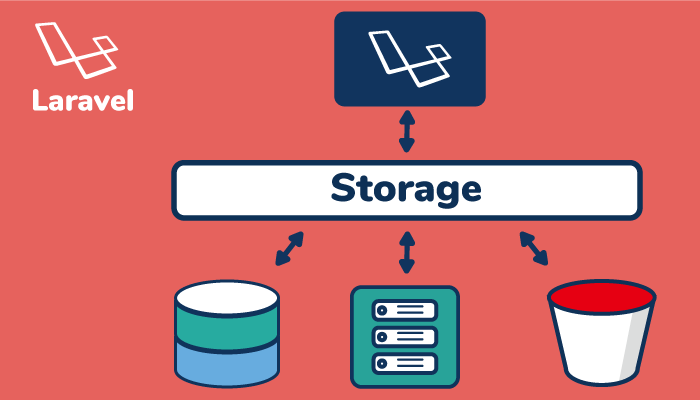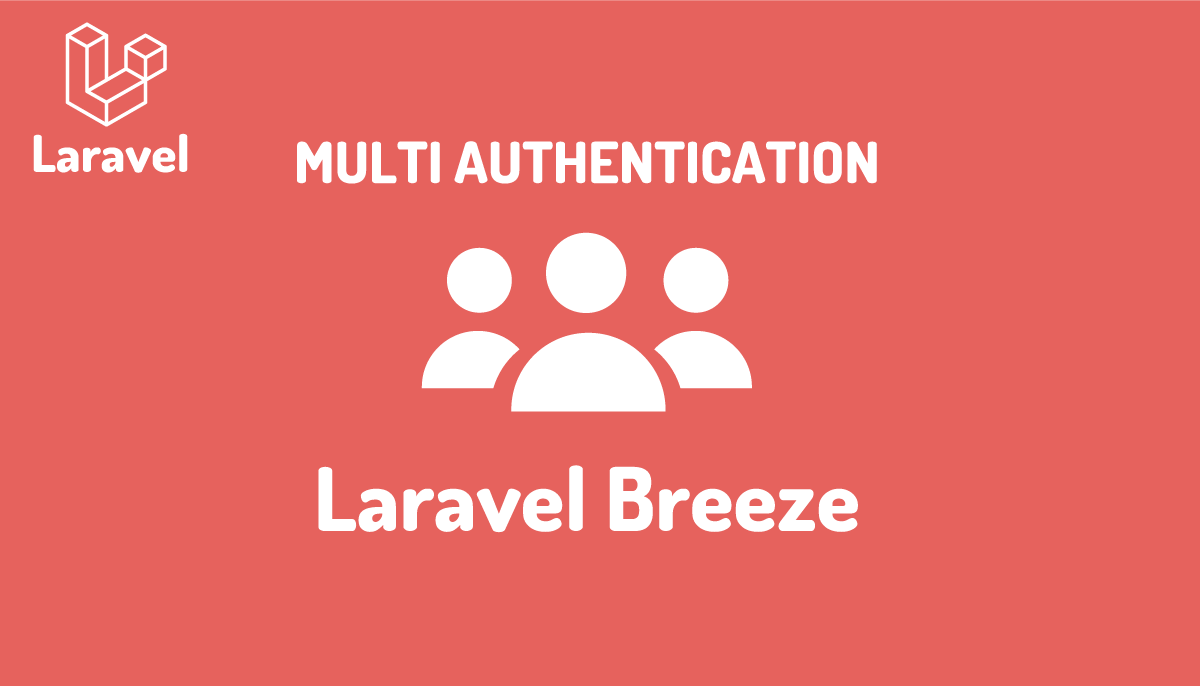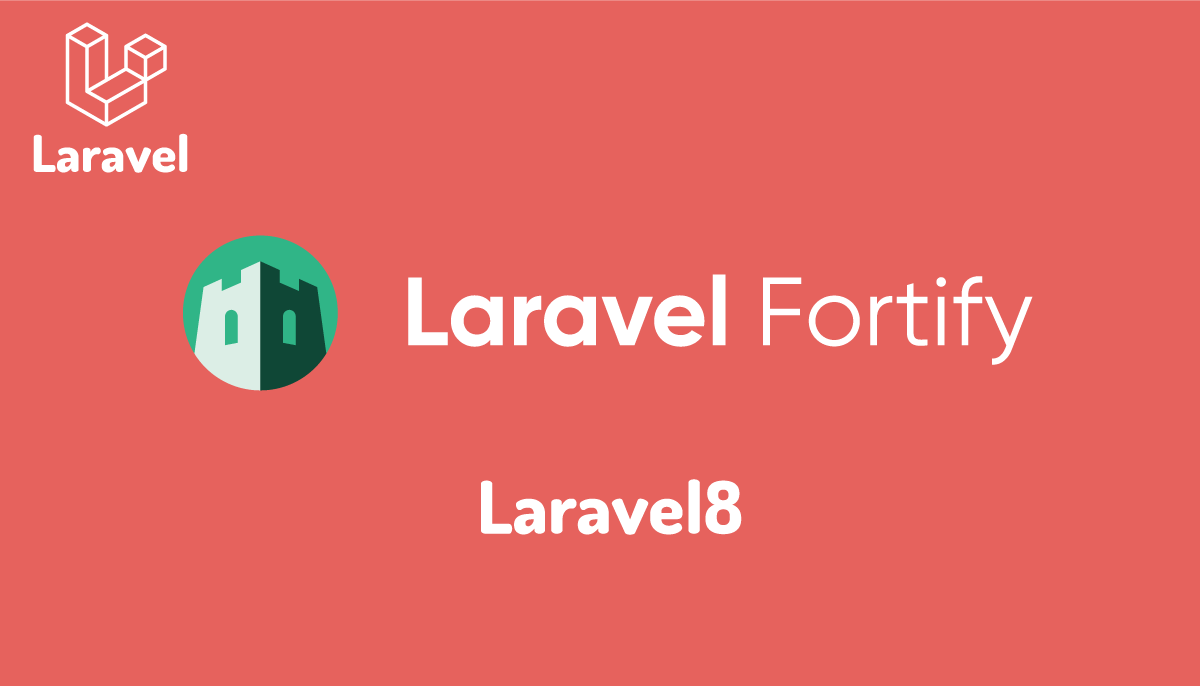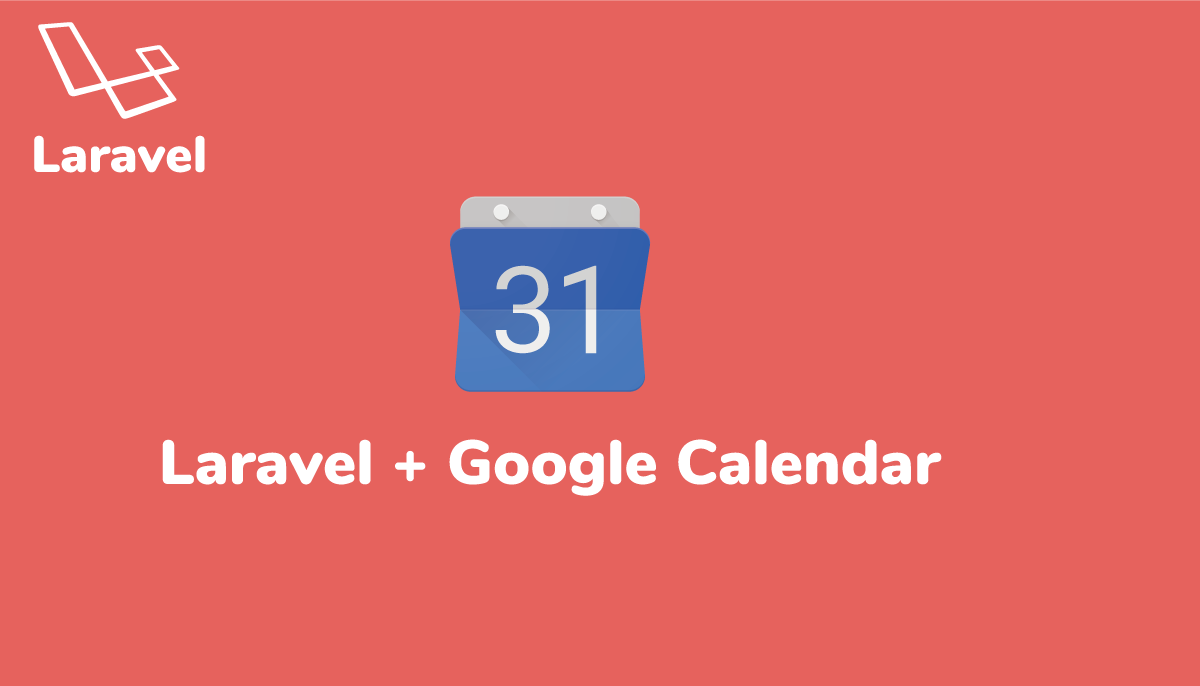Laravel ファイルのダウンロード方法

storage/appディレクトリに保存されたファイルのダウンロードを行う方法は1つではなくいくつかの方法があります。その方法について記述しています。
目次
ダウンロードするための準備
ダウンロードするファイルはstorage/app/private/profile.pngファイルです。ブラウザから/profileにアクセスするとダウンロードできるように設定を行います。
web.phpのルーティングとDownloadController.phpファイルの作成を行います。
Route::get('/download', 'DownloadController@index');
php artisan make:controllerコマンドを利用してコントローラーの作成を行います。
$ php artisan make:controller DownloadController
Controller created successfully.
書き換える内容はindexメソッドの中のみになります。Storageを使用する場合は、useを使ってIlluminate\Support\Facades\Storageを読み込みます。
namespace App\Http\Controllers;
use Illuminate\Http\Request;
use Illuminate\Support\Facades\Storage;
class DownloadController extends Controller
{
public function index(){
//ここにコードを記述していく
}
}
Storageを使う方法
Storageに使用するドライバはデフォルトのlocalを使用します。使用するドライバによってStorageを使った場合のファイルパスの設定が変わるので、注意してください。本文書ではStorageのメソッドがいくつか登場します。使わなくてもLaravelの開発は行なえますが、便利な機能なのでわからない人は下記を参考にしてください。
Storage::download()を使った方法
Storageを使用した場合は、ルートパスがappになるのでstorage/app/private/profile.pngへのパスはprivate/profile.pngになります。
mimeTypeはStorage::mimeType()を使って取得しています。

$filePath = 'private/profile.png';
$fileName = 'profile.png';
$mimeType = Storage::mimeType($filePath);
$headers = [['Content-Type' => $mimeType]];
return Storage::download($filePath, $fileName, $headers);
Storage::response()を使った方法
Storage::download()とほとんど同じですが、引数に$dispositonを設定することができます。デフォルトではinlineに設定されており、デフォルトのままだとファイルのダウンロードではなく画像がそのままブラウザに表示されます。$dispositionの値をattachmentに変更するダウンロードを行うことができます。
$filePath = 'private/profile.png';
$fileName = 'profile.png';
$mimeType = Storage::mimeType($filePath);
$headers = [['Content-Type' => $mimeType]];
$disposition = 'attachment';
return Storage::response($filePath, $fileName, $headers, $disposition);
response()->download()を使った方法
response()関数のdownloadメソッドを使ってファイルのダウンロードを行うことができます。
Storageを使う場合と異なり、ファイルパスの指定場所が異なります。ファイルのパスはStorage::path()もしくはstorage_path()を利用して取得します。

$filePath = Storage::path('private/profile.png');
$fileName = 'profile.png';
$mimeType = Storage::mimeType('private/profile.png');
$headers = [['Content-Type' => $mimeType]];
return response()->download($filePath, $fileName, $headers);
response()->make()を使った方法
response()関数のmakeメソッドを使ってファイルのダウンロードを行うことができます。
これまではファイルのパスを使っていましたが、makeではファイルのコンテンツを指定します。
ファイルのコンテンツの取得は、Storage::get()を利用します。ヘッダーのContent-Dispositionはattachmentを設定します。
$fileName = 'profile.png';
$mimeType = Storage::mimeType('private/profile.png');
$file = Storage::get('private/profile.png');
$headers = [
'Content-Type' => $mimeType,
'Content-Disposition' => 'attachment; filename="'.$fileName .'"'
];
return response()->make($file, 200, $headers);
response()->stream()を使った方法
response()関数のstreamメソッドを使ってファイルのダウンロードを行うことができます。
これまではファイルのパスとコンテンツを指定しましたが、今回はcallback関数を指定する必要があります。
$filePath = 'private/profile.png';
$fileName = 'profile.png';
$mimeType = Storage::mimeType($filePath);
$callback = function(){
return Storage::get($filePath);
};
$headers = [
'Content-Type' => $mimeType,
'Content-Disposition' => 'attachment; filename="'.$fileName .'"'
];
return response()->stream($callback, 200, $headers);



